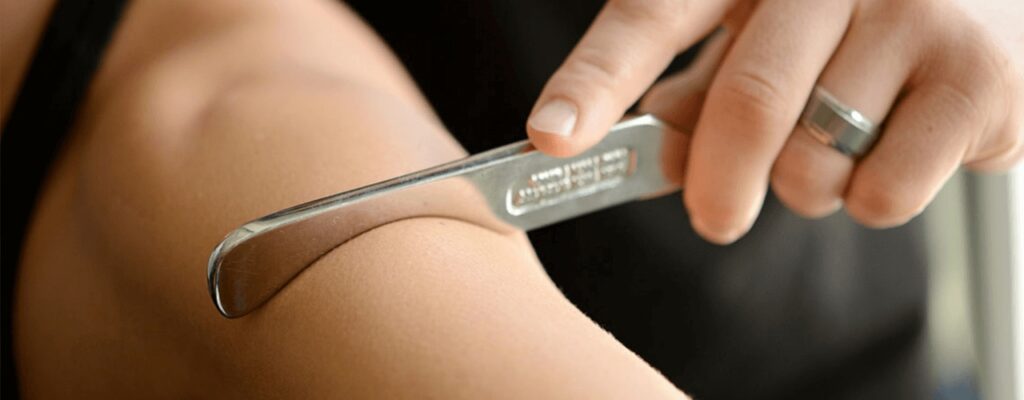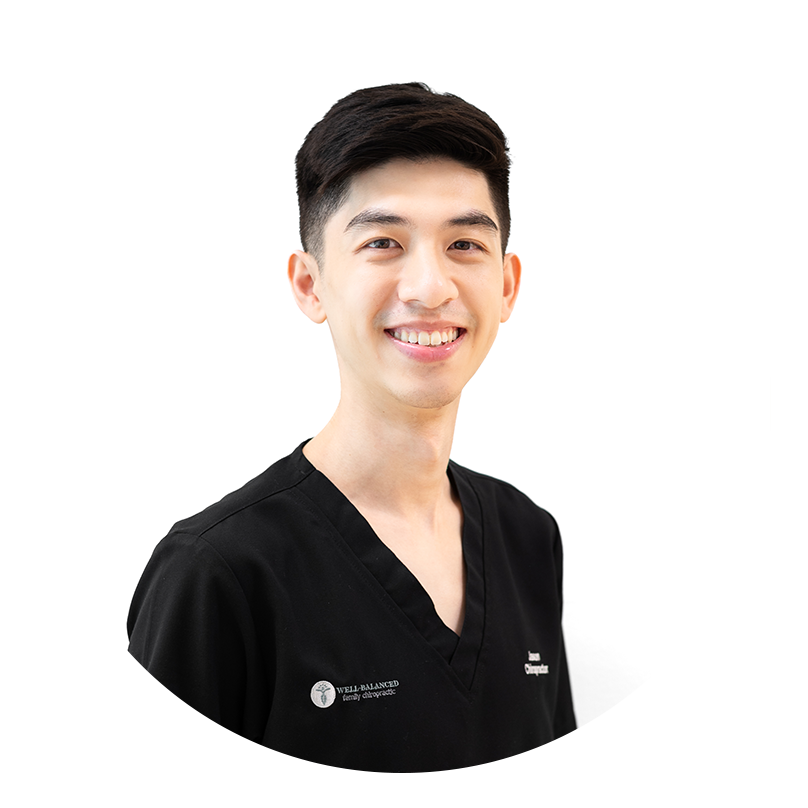Chiro in Tampines , East Singapore : Well-Balanced Family Chiropractic
Chiro in Tampines , East Singapore : Well-Balanced Family Chiropractic
Check Out Our 5 Stars Reviews
New Patient Promo for ONLY $80! Click HERE to BOOK NOW!
New Patient Promo for ONLY $80! Click HERE to BOOK NOW!

In the realm of musculoskeletal therapy, Instrument-Assisted Soft Tissue Mobilization (IASTM) has emerged as a scientifically supported technique, garnering attention for its remarkable benefits in promoting healing and optimising musculoskeletal function.
IASTM involves the skilled utilisation of specialised tools to precisely apply controlled pressure and manipulation to the body’s soft tissues, including muscles, tendons, and ligaments. This evidence-based technique is rooted in scientific research and clinical studies that have validated its effectiveness in various musculoskeletal conditions.
Through controlled pressure and friction, IASTM stimulates the body’s natural healing mechanisms. Evidence suggests that it enhances blood flow, promotes tissue remodelling, and triggers the release of growth factors, leading to accelerated tissue healing and improved overall musculoskeletal health.(Rowlett et al., 2018)
Evidence-Based Benefits of IASTM:

Conclusion:
With strong scientific research and clinical evidence backing its effectiveness, shockwave therapy has become a trusted and evidence-based treatment option for musculoskeletal conditions. It offers pain relief, tissue regeneration, and non-invasive treatment, making it an appealing choice for those seeking alternatives to surgery or medication. Contact our experienced chiropractors to see if shockwave therapy is right for you and experience its benefits in accelerating healing and improving musculoskeletal function.
References:
Gulick, Dawn T. “Instrument-Assisted Soft Tissue Mobilization Increases Myofascial Trigger Point Pain Threshold.” Journal of Bodywork and Movement Therapies, vol. 22, no. 2, Apr. 2018, pp. 341–345, https://doi.org/10.1016/j.jbmt.2017.10.012.
Rowlett, Carrie A., et al. “Efficacy of Instrument-Assisted Soft Tissue Mobilization in Comparison to Gastrocnemius-Soleus Stretching for Dorsiflexion Range of Motion: A Randomized Controlled Trial.” Journal of Bodywork and Movement Therapies, Feb. 2018, www.sciencedirect.com/science/article/pii/S1360859218300767, https://doi.org/10.1016/j.jbmt.2018.02.008.
Gunn, Leanna J., et al. “Instrument-Assisted Soft Tissue Mobilization and Proprioceptive Neuromuscular Facilitation Techniques Improve Hamstring Flexibility Better than Static Stretching Alone: A Randomized Clinical Trial.” Journal of Manual & Manipulative Therapy, vol. 27, no. 1, Aug. 2018, pp. 15–23, https://doi.org/10.1080/10669817.2018.1475693. Accessed 30 Apr. 2020.

Jason believes that true health comes from within, which led him to pursue his career as a chiropractor. He strives to restore balance, alleviate pain, and empower his patients on their wellness journey.
Understanding that each individual is unique and has different health conditions, Jason does not believe in a one-size-fits-all approach. Instead, he focuses on providing targeted chiropractic care tailored to each patient’s needs to provide the best possible outcomes. Jason’s caring nature, combined with his skillful adjusting techniques and knowledge has earned him the trust and appreciation of those under his care.
Certified in Extremity Adjusting, Paediatric Care, Kinesiology Taping
Fluent in English, Chinese(Mandarin), Cantonese

Yen Ee is a highly skilled female chiropractor with expertise in musculoskeletal health and wellness. With a Master of Science in Chiropractic from AECC University College in UK, Yen Ee provides personalised care for patients of all ages, from newborns to seniors.
Certified in the Webster technique, Yen Ee focuses on pregnancy care to ensure optimal pelvic alignment and a comfortable pregnancy journey. Additionally, Yen Ee excels in paediatric chiropractic care, promoting proper musculoskeletal development in young patients.
With a focus on sports injury rehabilitation, Yen Ee offers effective treatments and rehabilitative exercises to help athletes recover and enhance performance. Committed to empowering patients to take control of their health, Yen Ee provides exceptional care to help you achieve your wellness goals.
Certified in Webster for Pregnancy Care, Paediatric Care, Instrument-assisted Soft Tissue Mobilisation (IASTM), Rehabilitative Exercise
If you are looking for a safe, effective, and natural way to address your health concerns, book an appointment now and experience the benefits of chiropractic care for yourself.